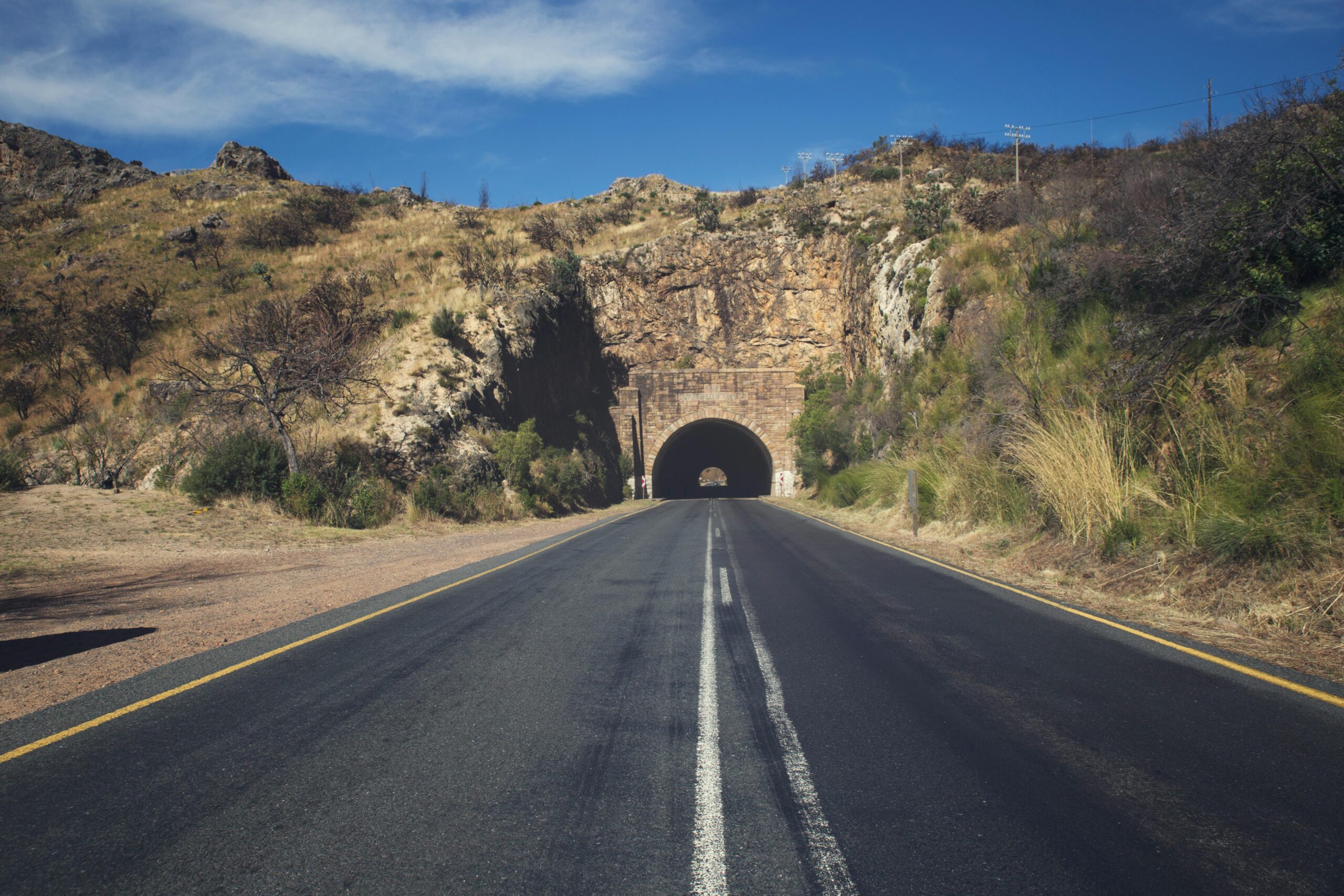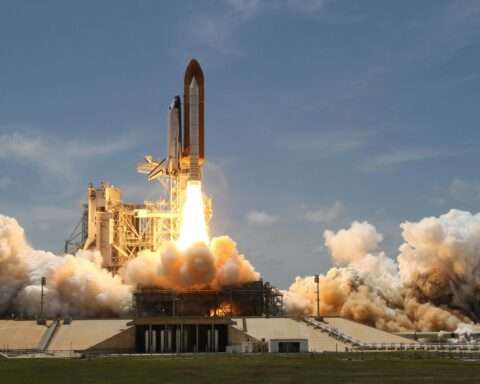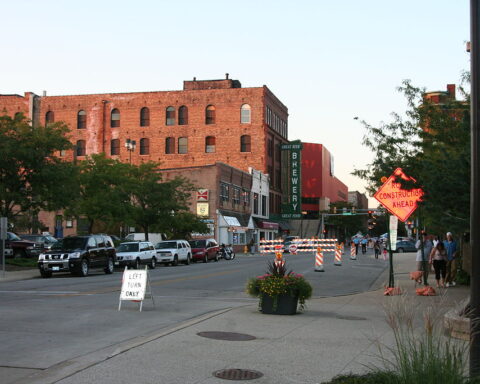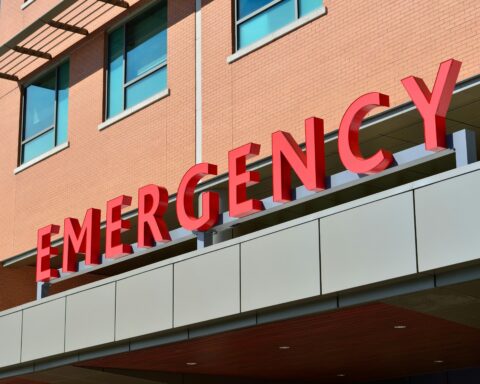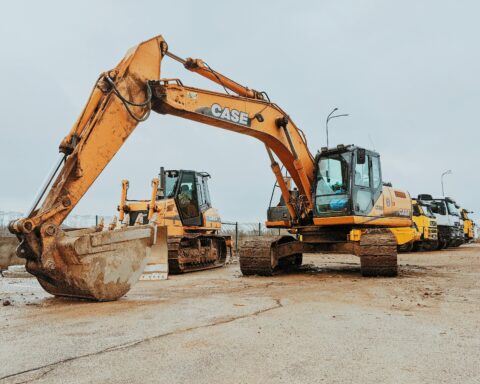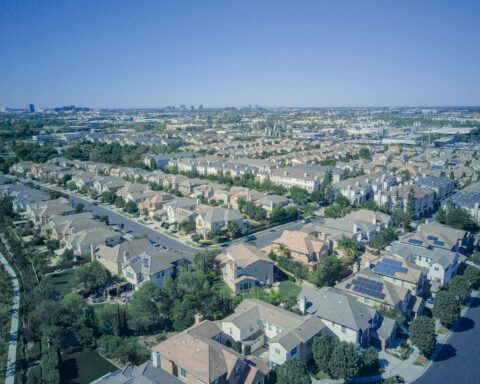The California Transportation Commission unanimously approved $73 million in funding for the State Route 37 Corridor project, seeking to find solutions to traffic congestion, periodic flooding and rising sea levels along Highway 37. The funding comes as part of Senate Bill 1 and will be used alongside a previously secured $153 million for the project’s second phase.
Caltrans, along with partners the Metropolitan Transportation Commission and the four North Bay County Transportation Agencies, seek to decongest Highway 37. The highway is a significant regional connection linking the north, east and west San Fransico Bay Region following along the northern shore of San Pablo Bay. The 21-mile stretch from US 101 to I-80 is considered North Bay’s most heavily used east/west highway.
The state route, which connects job markets and housing within Marin, Sonoma, Napa, and Solano counties, is notorious for its congestion. It is estimated 40,000 commuters use the highway every day, according to state officials. The traffic particularly affects low-income workers, and 85% of the highway’s users earn below the Bay Area median income.
The entire project to renovate the highway is projected to cost $500 million across three phases. The $73 million in grant funds will support phase two, which totals $251 million. The grant is also part of a package for the state’s Trade Corridor Enhancement Project (TCEP), which supports freight transportation routes throughout the state.
For the project, the state plans to widen a 10-mile segment of the highway from Sears Point to Mare Island in hopes of improving traffic flow. In the first phase, workers will:
- Replace the Tolay Creek Bridge, east of the Highway 37 and Highway 121 interchange.
- Extend eastbound merger lane for a mile.
The second phase will include:
- Installing a tolled eastbound lane.
- Widening the Sonoma Creek Bridge.
- Raising the road in areas of frequent flooding.
Caltrans seeks to complete phase two design in late 2026 and complete its construction by the fall of 2029. The project offers long-term solutions that increase residents’ access to bicycle, pedestrian, transit and carpool options, along with an enhanced quality of life, a balance in meeting transportation needs with protecting and enhancing sensitive marshland habitats, and a stronger local and regional economy.
Opposition warned commissioners that rising sea levels are forecast to flood the highway by the 2050s, with projections placing the roadway underwater within 15 years of its completion. However, Caltrans noted the corridor won’t be underwater but will rather see a higher frequency of flooding.
The Caltrans project team will return to the state commission once the project’s design and environmental review process are complete, enabling the agency to request additional funding for the final project phases.
Photo by Lincoln Collective from Pexels



